Best African Safaris & Travel Services – African Authentic Safaris Ltd
Chobe National Park Day Trip from Livingstone
from 0 review
Day Trip
Daily Tour
Unlimited
___
Description
Experience the ultimate wildlife adventure with our Chobe National Park Day Trip from Livingstone, offering an unforgettable cross-border safari experience in Botswana’s premier wildlife destination. Just a short journey from Livingstone, Zambia, Chobe National Park boasts one of Africa’s highest concentrations of elephants alongside incredible biodiversity. This carefully curated day trip combines both land and water safari experiences, maximizing your chances of spectacular wildlife encounters while returning to your Livingstone accommodation by evening. Perfect for travelers with limited time who don’t want to miss the opportunity to witness Chobe’s famous elephant herds, predators, and stunning African landscapes.
Highlights
- Cross-border experience visiting Botswana’s flagship national park from Zambia
- Dual safari experience with both morning land safari and afternoon river cruise
- Spectacular elephant sightings with Africa’s largest elephant population
- Rich wildlife diversity including hippos, crocodiles, buffalo, giraffes, and predators
- Unique water-based game viewing along the Chobe River
- Professional guides with extensive knowledge of the ecosystem
- Hassle-free border crossing with assistance from experienced tour operators
- All-inclusive package with meals, transportation, and activities
- Small group experience ensuring personalized attention
- Perfect photography opportunities of wildlife in diverse settings
Detailed Itinerary
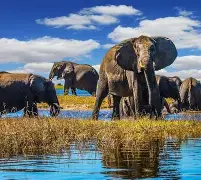
Your Chobe National Park adventure begins with an early morning pickup from your Livingstone accommodation around 7:00 AM. After a comfortable drive to the Kazungula border, our experienced guides assist with border formalities as you cross into Botswana. The morning features an exhilarating game drive through Chobe’s diverse ecosystems in specialized safari vehicles, where you’ll encounter elephants, buffalo, giraffes, and possibly lions and leopards. Following a delicious buffet lunch at a riverside lodge, you’ll transition to an afternoon boat safari on the Chobe River, offering unique perspectives of wildlife drinking, bathing, and playing along the riverbanks. As the sun begins to set, you’ll return to the border crossing and arrive back in Livingstone by approximately 6:30 PM, with memories to last a lifetime.
- Hotel pickup and drop-off from all Livingstone accommodations
- All transportation in air-conditioned vehicles
- Border crossing assistance and fees
- 3-hour morning game drive in specialized safari vehicles
- 3-hour afternoon boat safari on the Chobe River
- Buffet lunch at a riverside lodge
- Refreshments, bottled water, and snacks throughout the day
- Professional English-speaking guide with wildlife expertise
- All park entrance fees and conservation levies
- Binoculars for wildlife viewing
- Small groups (maximum 10 travelers per vehicle)
- Digital photographs shared post-trip
- International flights
- Visa fees for Zambia or Botswana (if applicable)
- Travel insurance
- Personal expenses and souvenirs
- Alcoholic beverages (available for purchase)
- Gratuities for guides and staff (recommended but optional)
- Photography fees for professional equipment
- Yellow fever vaccination certificate (if required)
- Additional activities not specified in the itinerary
- Overnight accommodation in Livingstone
Tour's Location
How long is the drive from Livingstone to Chobe National Park?
The journey from Livingstone to Chobe National Park takes approximately 1.5 to 2 hours total, including the border crossing process. You’ll travel about 60 kilometers from Livingstone to the Kazungula border crossing, then after completing immigration formalities, it’s a short drive to the park entrance. The border crossing itself typically takes 30-45 minutes depending on queues. Our guides are experienced with this crossing and handle most of the paperwork for you. The relatively short travel time means you’ll spend more of your day experiencing wildlife rather than in transit, making this day trip efficient despite crossing an international border.
What wildlife am I likely to see on this day trip?
Chobe National Park is renowned for its exceptional wildlife density and diversity. The park hosts Africa’s largest elephant population (approximately 120,000), and sightings are virtually guaranteed. Other commonly spotted animals include buffalo, hippos, crocodiles, giraffes, zebras, and numerous antelope species like impala, kudu, and waterbuck. Predator sightings such as lions, leopards, and hyenas are possible but not guaranteed due to their elusive nature. The river cruise offers excellent birdwatching with African fish eagles, kingfishers, herons, and bee-eaters frequently spotted. Wildlife viewing is typically most productive during the dry season (May-October) when animals concentrate around the Chobe River.
What documents do I need for this cross-border day trip?
As this tour crosses from Zambia into Botswana and back, you’ll need your passport with at least 6 months validity and several blank pages. Many nationalities require visas for both countries. If you’re staying in Zambia, ensure you have a multiple-entry visa to re-enter. Alternatively, the KAZA Univisa (when available) covers both countries. Botswana typically offers free entry stamps for many nationalities for short visits. You should also carry your yellow fever vaccination certificate if you’re arriving from countries with yellow fever risk. Our team will advise on specific requirements for your nationality when booking and assist with border formalities on the day.
What’s the best time of year for the Chobe Day Trip from Livingstone?
While Chobe National Park offers excellent wildlife viewing year-round, the dry season (May to October) generally provides the most spectacular safari experience. During these months, animals concentrate around the Chobe River as water sources inland dry up, creating incredible wildlife density and easier spotting conditions. The vegetation is also less dense, improving visibility. The peak dry season (August-October) offers the most dramatic wildlife concentrations but also coincides with peak tourism. The green season (November-April) brings lush landscapes, newborn animals, and fewer tourists, but some roads may be impassable and animals more dispersed. Bird-watching is exceptional during the green season.
How physically demanding is this day trip?
The Chobe National Park Day Trip is moderately active but accessible for most travelers with average mobility. You’ll spend approximately 3 hours seated in a safari vehicle on sometimes bumpy terrain and 3 hours on a stable, covered boat. There’s minimal walking required beyond short distances at border posts, the lodge for lunch, and embarking/disembarking vehicles. The day is long (approximately 11-12 hours total) which can be tiring, especially in hot weather. We recommend bringing sun protection, staying hydrated, and wearing comfortable clothing. Travelers with severe mobility limitations should contact us in advance to discuss accessibility. Children over 6 years are welcome but should be comfortable with a full day of activities.
Will I need to change currency for this day trip?
For the standard Chobe Day Trip from Livingstone, you won’t need to change currency as all major expenses are included in your tour package. The tour operators handle park fees, transportation, activities, and meals. However, bringing some US dollars (widely accepted in both countries) is recommended for personal expenses such as souvenirs, alcoholic beverages at lunch, or gratuities for guides. Most lodges and shops in the tourist areas of Chobe accept credit cards, but smaller vendors may not. If you plan to purchase souvenirs in Botswana, small denominations of US dollars are ideal. Botswana’s currency is the Pula, but changing money for such a short visit is usually unnecessary.
What should I bring for the Chobe National Park day trip?
Essential items for your Chobe day trip include your passport, any required visa documentation, and a yellow fever certificate if applicable. For comfort and practicality, bring a wide-brimmed hat, sunglasses, strong sunscreen (SPF 50+), insect repellent, and a light jacket or sweater (mornings can be cool, especially in winter months). A camera with zoom lens, extra batteries, and sufficient memory cards is highly recommended for wildlife photography. Binoculars enhance the experience, though some operators provide them. Wear neutral-colored clothing (avoid bright colors and white) and comfortable closed shoes. Bring any personal medications and some cash for tips or souvenirs. A small backpack keeps your essentials organized throughout the day.
How does the border crossing between Zambia and Botswana work?
The border crossing at Kazungula between Zambia and Botswana is straightforward with our experienced guides. Upon reaching the Zambian side, you’ll present your passport for an exit stamp. You’ll then cross to the Botswana immigration office (a short distance) where you’ll complete entry formalities, possibly including brief health screenings. The entire process typically takes 30-45 minutes depending on queues. Our guides handle most paperwork and assist throughout the process. You’ll repeat this in reverse when returning to Zambia in the afternoon. The recent completion of the Kazungula Bridge has significantly improved crossing efficiency. Ensure your Zambian visa allows re-entry if required for your nationality. The process is routine for our teams who do this crossing daily.
Is lunch included, and what food options are available?
A full buffet lunch is included in your Chobe day trip package, typically served at a scenic riverside lodge within or near the national park. The lunch spread generally includes a variety of salads, 2-3 hot meat dishes (often including beef, chicken, and fish), vegetarian options, side dishes, and desserts. Bottled water, soft drinks, tea, and coffee are included with lunch. Alcoholic beverages are available at your own expense. The lodges can accommodate most dietary requirements with advance notice, including vegetarian, vegan, gluten-free, and halal options. Please notify us of any food allergies or special dietary needs when booking so arrangements can be made. The lunch break also provides a welcome rest during the day and opportunities for bathroom breaks at clean, modern facilities.
How much should I tip the guides on the Chobe day trip?
Tipping is customary in Southern Africa’s tourism industry but always voluntary. For the Chobe day trip, you’ll typically have both a driver/guide for the overall tour and specialized guides for the game drive and boat safari. A general guideline is $10-15 per person for your main guide and $5-10 per person for activity-specific guides. For exceptional service, you might consider more. Tips in US dollars are widely appreciated, though Zambian Kwacha or Botswanan Pula are also accepted. Some travelers prefer to tip the main guide a larger amount to distribute among the team. Most important is that tipping reflects your satisfaction with the service provided rather than following strict formulas. The guides on this route are highly trained professionals who enhance your wildlife experience through their knowledge and spotting skills.

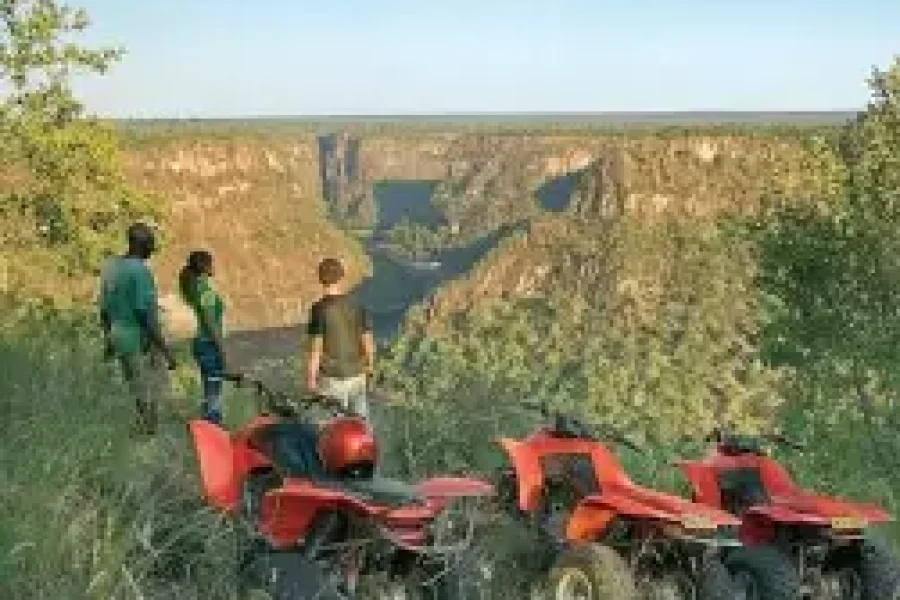
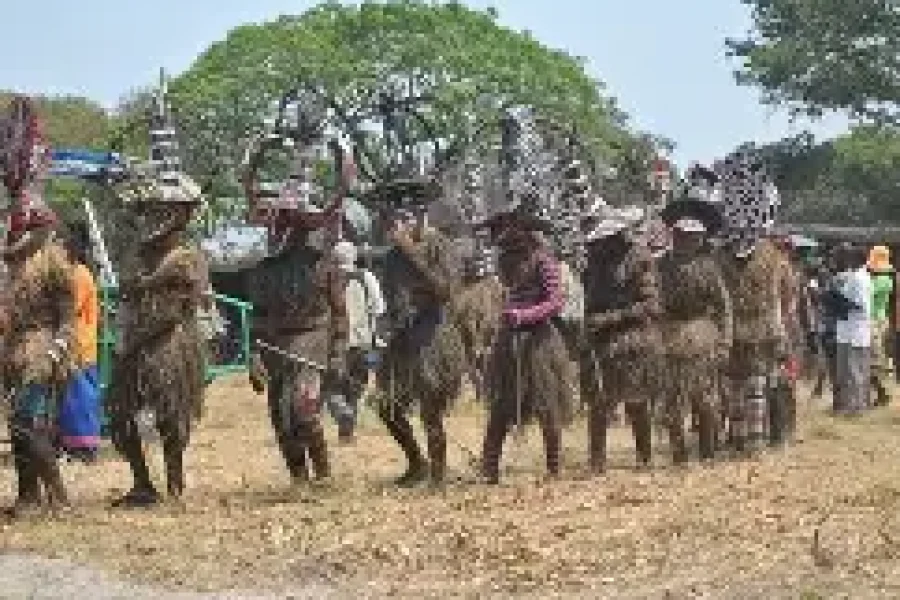
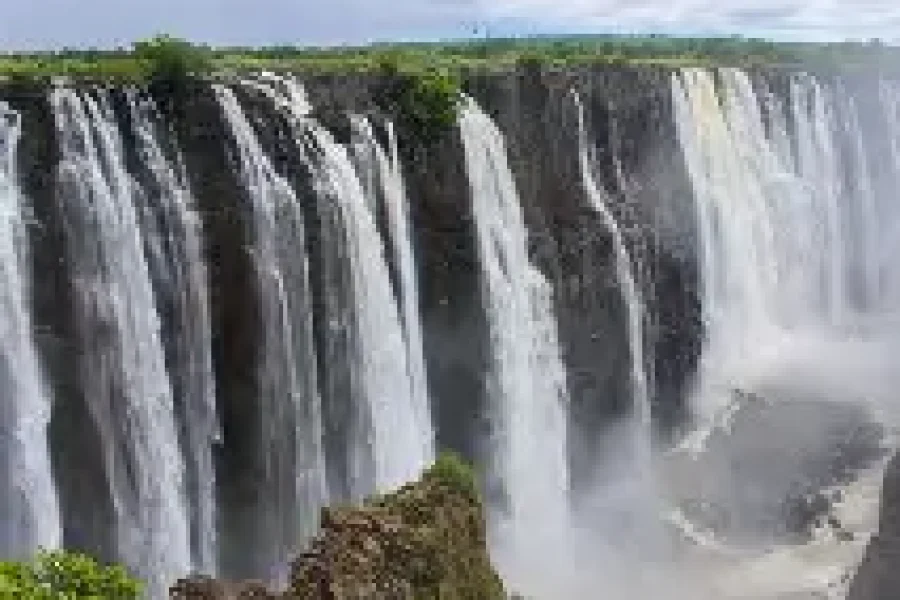
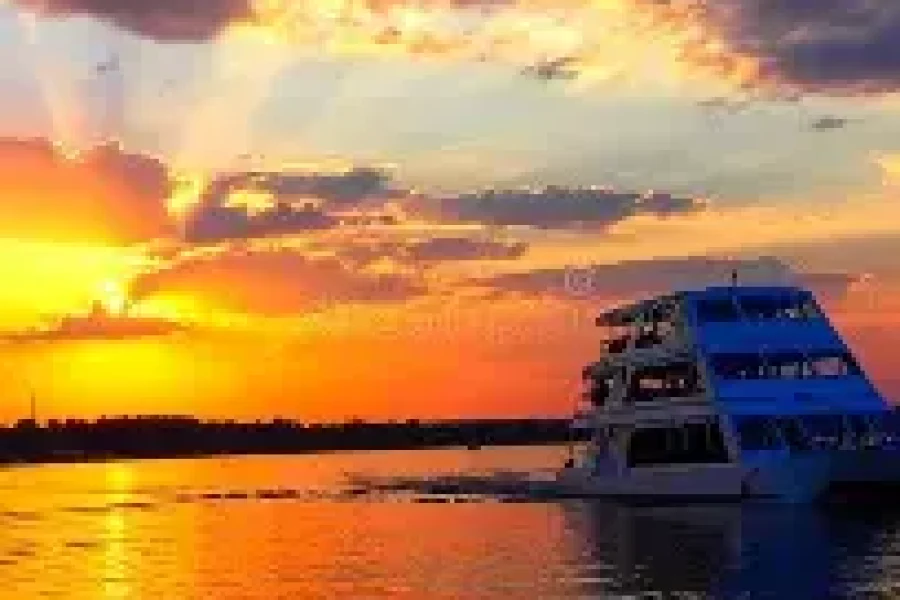
Leave a review